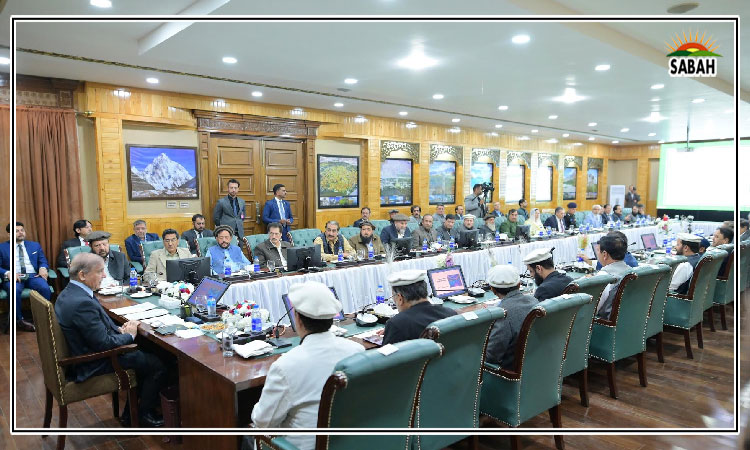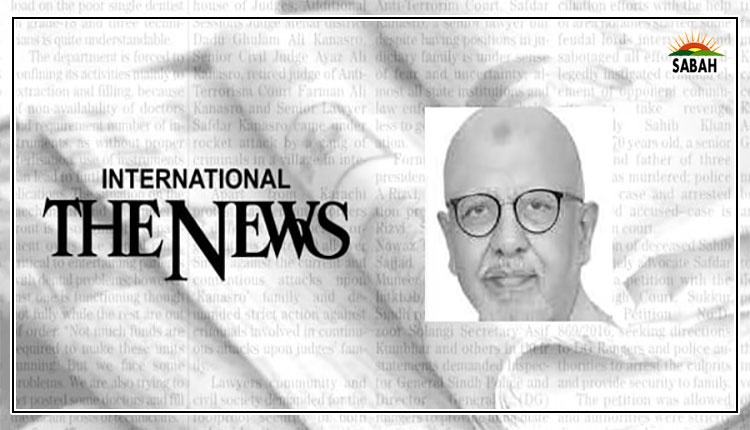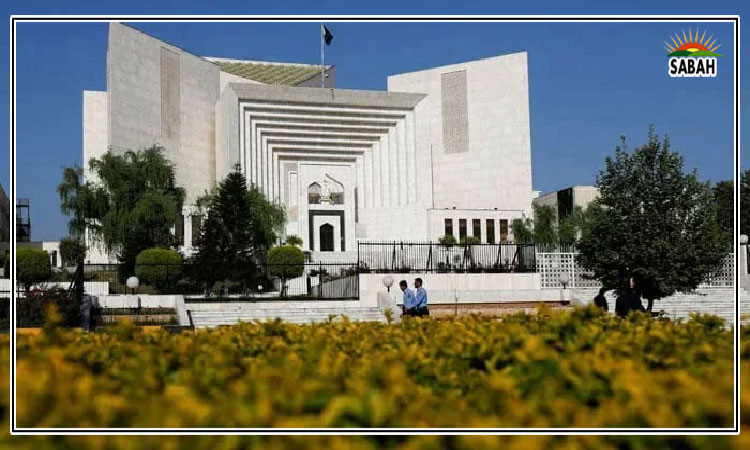Energy crisis in Pakistan…Ali Hassan Bangwar
Energy security and self-sufficiency are fundamental prerequisites for the progress and prosperity of any nation. Given their inextricable link with holistic national development post-industrial revolution, the two promise a bright future for countries. Countries that are self-sufficient in their energy supplies enjoy prosperous status in the worlds comity. As the capacity to do work, energy fuels economic activities and holistically influences the social, political, psychological and developmental aspects of life. The settings where energy is used in a society include households, offices, transportation, manufacturing industries and agriculture sector. The sources of energy supply are renewable and nonrenewable resources. The former comprise fossil fuels coal, gas and oil and are costly, limited and hazardous for the environment. The latter, however, are environmentally friendly, cost-effective and inexhaustible due to their natural restorative process. Renewable energy sources include solar, hydro, wind, tidal, geothermal, nuclear and biofuels.
However, the countries that are facing an energy crisis lag far behind in all aspects of their lives. Pakistan is, unfortunately, one of them. Though the genesis of the crisis can be traced back to the 1990s due to a supply-demand imbalance, the past two decades have witnessed serious impacts and manifestations. The crisis results from a gap between energy supplies and demand in the country. The manifestations of the crisis include, but are not limited to, electricity and gas loadshedding, inflated energy prices, industrial closure and downfall, and their implications. For instance, the electricity shortfall stands at around 80000 MW and is likely to increase in the months due to increased demand.
There are many interconnected and overlapping causes behind the crisis in Pakistan. Lack of political will and consistent pragmatic energy policies; economic instability and the lack of technical expertise; excessive reliance on non-renewable and costly fossil fuels (59 per cent of the total energy mix); outdated transmission lines and faulty infrastructure; line losses and power theft; inefficient energy use and its wastage; overpopulation and growing demand; corruption and inefficiency in general and in GENCOS and DISCOS in particular; myopic policy commitment with IPPs; and circular debt are some of the major contributors to the energy in the country.
The crisis in Pakistan has serious socioeconomic, developmental, psychological and political impacts. These include, but are not limited to, economic instability and industrial downfall; high unemployment and abject poverty; skyrocketing inflation and the exorbitant cost of living; social alienation and suicide; rampant corruption and political instability; lawlessness and a high crime rate; frustrations and psychological ailments.
How can the crisis in Pakistan be addressed? Political will and pragmatic energy policies; switch towards renewable energy and utilisation of indigenous energy resources; resilient energy infrastructure and diversifying energy mix; upgrading grids and overhauling outdated transmission infrastructure; checking power theft and preventing line losses; building small and medium-sized dams and energy preservation; transparency and curbing corruption; and technical and technological education are some of the measures that would go a long way in addressing the issue of the energy crisis in Pakistan. Utilisation of untapped and renewable energy sources with high potential and capacity wind (50000 MW), solar (40000 MW), hydro (40000 MW), and Thar coal (100000 MW) besides that of tidal, biofuels and nuclear potential would be a great stride in this regard.
The energy crisis is undoubtedly a serious issue facing Pakistan today. Nevertheless, it is addressable. Political will, sustainable and pragmatic energy policies and checking corruption and line losses, among other steps, would go a long way in helping rid the country of the crisis altogether.
Courtesy The Express Tribune












